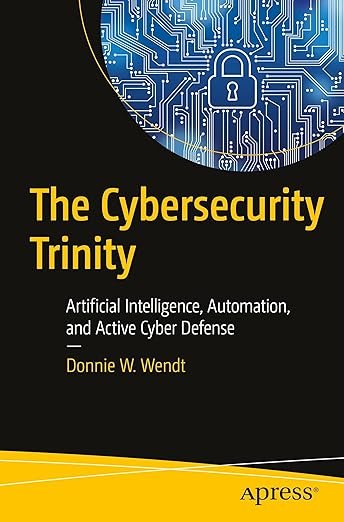Imagine trusting your most important decisions to someone who quietly sabotages your lessons, teaching your systems to misclassify malware, ignore intrusions, or leak private data. That’s what happens when machine learning (ML) is deployed in cybersecurity without accounting for adversaries. In Chapter 4 of The Cybersecurity Trinity, I explore this critical reality: ML isn’t just vulnerable; it’s a target.
The Core Problem: ML Is Not Born Secure
Traditional ML assumes a safe world. But in cybersecurity, there is no safe world. Adversaries don’t just exploit flaws; they create them. That means we must fundamentally rethink how we train, test, deploy, and defend ML models.
In adversarial settings, ML faces attacks at every stage:
- Poisoning attacks during training distort what the model learns.
- Exploratory and evasion attacks during inference seek to bypass or break detection.
- Privacy attacks extract sensitive training data.
- Output attacks tamper with classification results in transit.
The “Uncle Ronnie Syndrome” of Data Poisoning
To illustrate poisoning, I use a story from my own family, my brother Ronnie, who was notorious for teaching my son the wrong things during visits. I call it the “Uncle Ronnie Syndrome.” Every ML pipeline has its Uncle Ronnie: adversarial actors quietly injecting bad lessons into training data. If not caught, the model “learns” to behave incorrectly.
In one example, I demonstrate how label flipping, where “phishing” labels are changed to “benign” labels in training data, can reduce a model’s effectiveness to that of random guessing. Adversarial sample insertion is even more devastating. With enough poisoned data, robust models like random forests can fail catastrophically.
Supply Chain and Inference Threats: The Attacks Don’t Stop After Training
Security threats extend beyond model development:
- Datasets or pre-trained models downloaded from public sources, such as GitHub and Kaggle, can contain hidden vulnerabilities.
- Inference phase attacks use model APIs to extract data or evade detection.
- Output attacks manipulate the ML system’s decisions in transit, potentially making malware look benign to downstream systems.
So, How Do We Fight Back?
Chapter 4 outlines a comprehensive approach for ML in hostile environments:
- Traditional Controls Applied to ML
- Role-based and zero-trust access control for data, models, and APIs.
- Strict version control for models and training data.
- API hardening to limit attack surfaces.
- ML-Specific Protections
- Data Provenance: Know the origin of your data.
- Sanity Checks: Utilize statistical methods to detect anomalies and potential poisoning.
- Robust Learning Techniques: Use ensemble models and bagging to increase resilience.
- Adversarial Development: Red Teaming for ML
- Simulate poisoning and evasion attacks during development.
- Conduct adversarial training to build robustness into the model.
- Utilize the insights to deploy more robust models and enhanced monitoring in production.
Why It Matters
Security teams must stop treating ML like ordinary software. Every ML system is a moving target in a dynamic battlefield. Without a proactive security-by-design approach rooted in adversarial awareness, ML becomes an attack vector instead of a defense mechanism.
Closing Thought:
As AI becomes integral to cybersecurity, defending the models themselves becomes just as important as what they defend. Whether you’re a CISO, data scientist, or ML engineer, ask yourself: Who’s training your model, and is there an Uncle Ronnie you haven’t noticed yet?
Please check out my book, The Cybersecurity Trinity: AI, Automation, and Active Defense.
